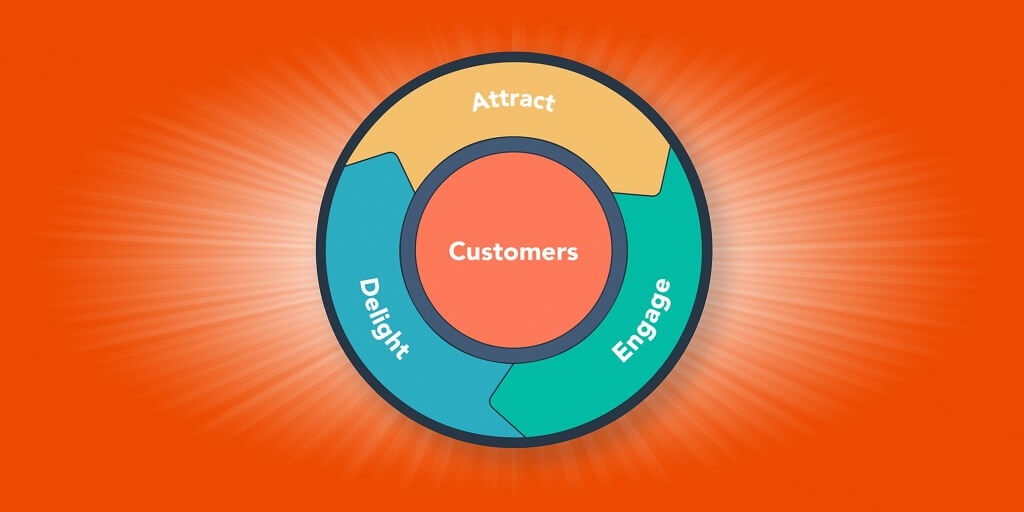Knowing your target market is remarkably important for modern marketing.
Without catering your marketing to a specific audience, you are essentially aimlessly wandering around hoping somebody understands what you are saying.
With a proper target audience, you can focus your marketing directly to the people that are most likely to buy your products or use your services.
It generates happier long term customers because you can speak their language and fix their problems directly, and that causes them to trust you and want to continue working with you past one transaction.
Most people nowadays are becoming increasingly aware of needing to focus their market to a specific niche or a specific group of people. There are many ways you can figure out your target market, like buyer personas, Jobs To Be Done (JTBD) and many more.
For this article, I want to focus on main key points so you can see the whole picture before choosing an audience to focus on.
Let’s get into the main categories I analyze when helping a client select their market. Here we go:

Step #1 – Know Your Clients
Easiest way to know who would buy your products is by interviewing and surveying people that have already purchased your products in the past.
Ask them questions like: why did you choose to buy here instead of the competition? Why did you need to buy this product?, etc.
I tailor the questions I ask to the company that hires me so I get relevant results, but I made a list of the top 10 questions that any business could ask their clients.
Most people ask demographic data when surveying clients: age, gender, job title, etc. I like to go into psychographic data as well. It rounds the information better.
Psychographic data is stuff like: what are your values, what activities or interests do you have, type of personality, etc. This gives you further insights into the type of people your business is attracting.
The sample questions I linked to above will allow you to tap into psychographic data.
Step #2 – Know Your Competitors (and Their Target Market)
What are your competitors doing? Who are they targeting with their marketing? You can tell what they are trying to do by their messaging, what they are saying, in their ads, social media, website, etc.
This requires some abstract thinking, but easy examples can be found in the B2B (business to business) space.
Let’s say you are in the marketing market, and you take a look at your competitor sites. These companies are saying “marketing services for healthcare” or “social media for small businesses”.
That tells you what the type of audience your competition is looking for, and you can either go for the same market with a better message or look for another market they aren’t paying attention to.
Reviews are a good way of figuring out what they offer and how people felt about it too.
Step #3 – Know Your Products
Knowing what problems your products solve is a huge advantage too. If you are a spa, your products might be meant to relax people. What causes your clients to feel stressed? What is the point where they say “that’s it, I need to go to the spa!”.
Relaxation is the outcome of your products, not the problem your clients have. Knowing what stresses your clients might allow you to create a new product meant to target this problem or adjust a current offering.
Using Step 1, if a good portion of your clients are business executives, then the problems your product might solve is stress at work. So your product and messaging would be towards relaxing after a stressful day at work.
Using step 2, is your competition talking about business executives or work related stress? If yes, how are you doing it better. If no, good, whole mini market for you 🙂
These are the three main components to narrowing down a target audience. As you might have seen above, knowing exactly who you are targeting and what their problems are changes your marketing scope.
Things almost become easy.
You know you want to target business execs. What do they do and where do they normally go? You can advertise there.
What’s their problem that needs your product to solve? This is what influences how you talk about your product.
Is your competition targeting the same people? This tells you how hard the uphill battle is for their attention.
Have you done target market research yet? If so has this article changed your perspective? Let me know by commenting below!










